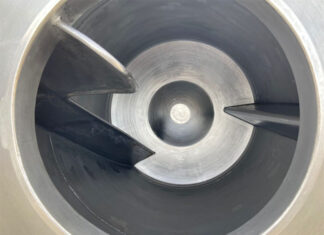The top benefits of using continuous integration and continuous delivery strategies in the development of any software product have huge benefits. Some top benefits are discussed here that are.
Maintaining and updating the system becomes effective
Upsetting the customers is a major problem at the peak time of any software. Sometimes bring new changes in the code to create some major problems at the deployment time. Make sure the pipeline is working smoothly after making changes and releases. Also, make sure after maintenance the system the working effectively and does not affect the entire system. CI/CD helps to create micro-services in source code architecture so that only one area goes down at one time.
Time and cost reduction
Performing automated testing in CI/CD pipelines reduces the error rate that not only minimizes the developer time that can be spent to fix these errors quickly but also reduce the development cost for software development.
Increase team transparency and accountability
Continuous integration mostly focuses on the development teams. So the feedback at this step affects the build failures, architectural setbacks, and merging problems. Continuous delivery focus on releasing updates to end-users frequently that helps to get required customer feedback. Both continuous integration and continuous delivery help to get rapid feedback that makes your product better.
End users satisfaction
Customers are the main users of your product. So they should be taken into the highest consideration. Positive or negative feedback leads to usability improvements that improve customer satisfaction. Adding new changes and features in CI/CD pipeline will base according to customer requirements that help to retain current users and get new ones.
Smaller backlogs
Sometimes benefits of solving the non-critical issues are much high. For example, the main focus of developers is on large problems and testers focus on small problems so that they can find larger problems before releasing them to customers. Another benefit is that it helps to keep your customers happy by preventing them to find any bugs from your product.
Release products faster
CI/CD helps to merge code and deploy them continuously after testing and keep the code in a release-ready state. Containerization is an effective method to test the code in the production environment that tests only part of the system that will be affected by any release.
Automate your web development – check buddy.works/actions
Reliable testing
The reliability of products increased by conducting more positive and negative tests. By merging and releasing new products and features continuously will increase the quality of the entire process that gives guarantees the stakeholder’s investment is worthwhile.
Fast average time towards resolution
Continuous integration and continuous delivery will help to detect the faults easily because the code changes are smaller. Major business risk gives guarantee the keep failures at a minimum level and quickly recover if any failure occurs. Application monitoring tools are great ways to identify problems and recover from them faster.
Fault isolation
Designing your system with CI/CD ensures that fault isolation is faster to detect and implement. Fault isolation is combined with a monitoring system that helps to identify when the problems occur and at which location. Sudden issues and breakdowns can be prevented from occurring that isolate the problem before it damages the entire system.
Minor code changes
By using continuous testing, small pieces of code are tested on time because they are integrated into the code repository that allows the developers to recognize issues before completion of too much time. This works effectively for larger teams who work remotely as well as at any location.
This article was written in collaboration with experts from the Buddy










